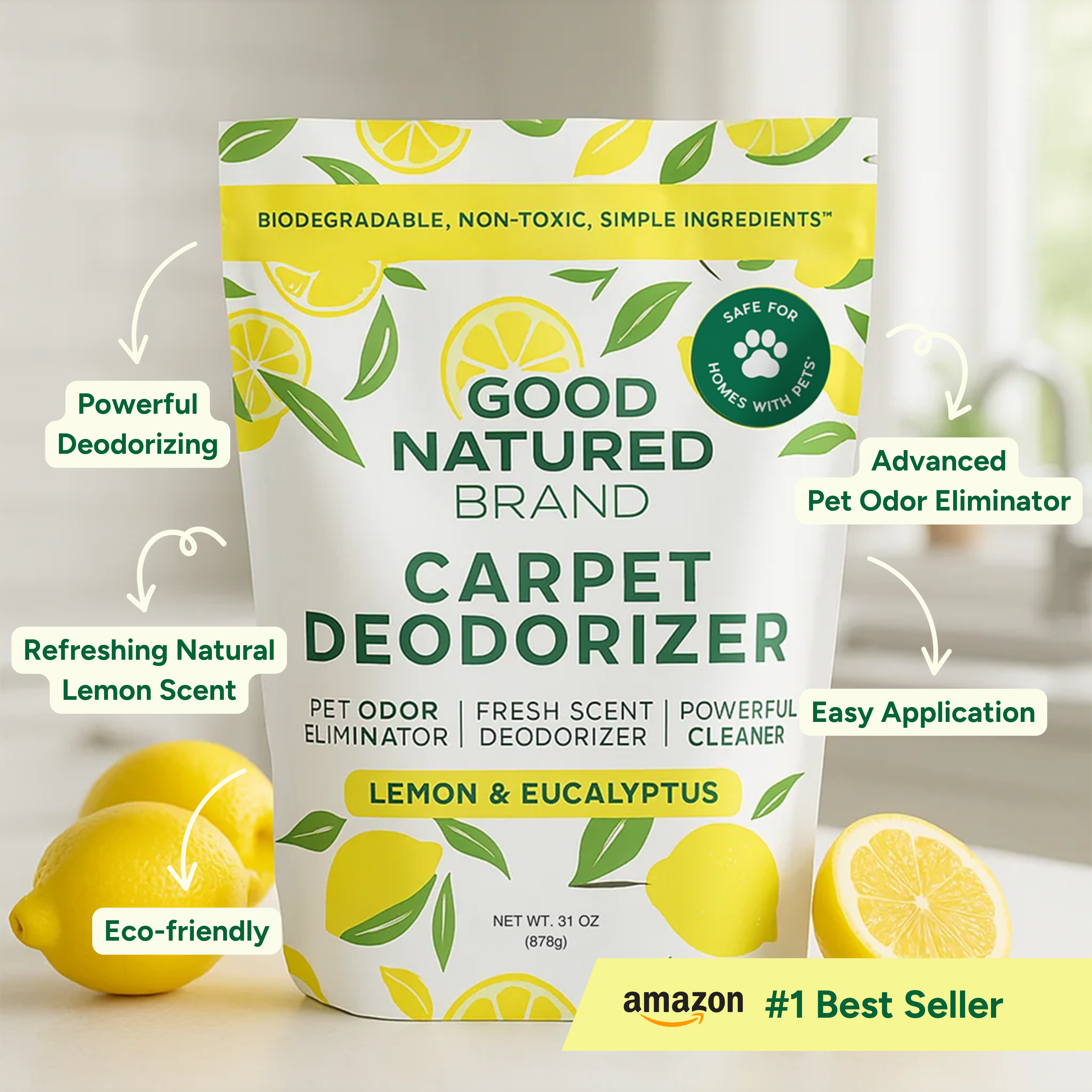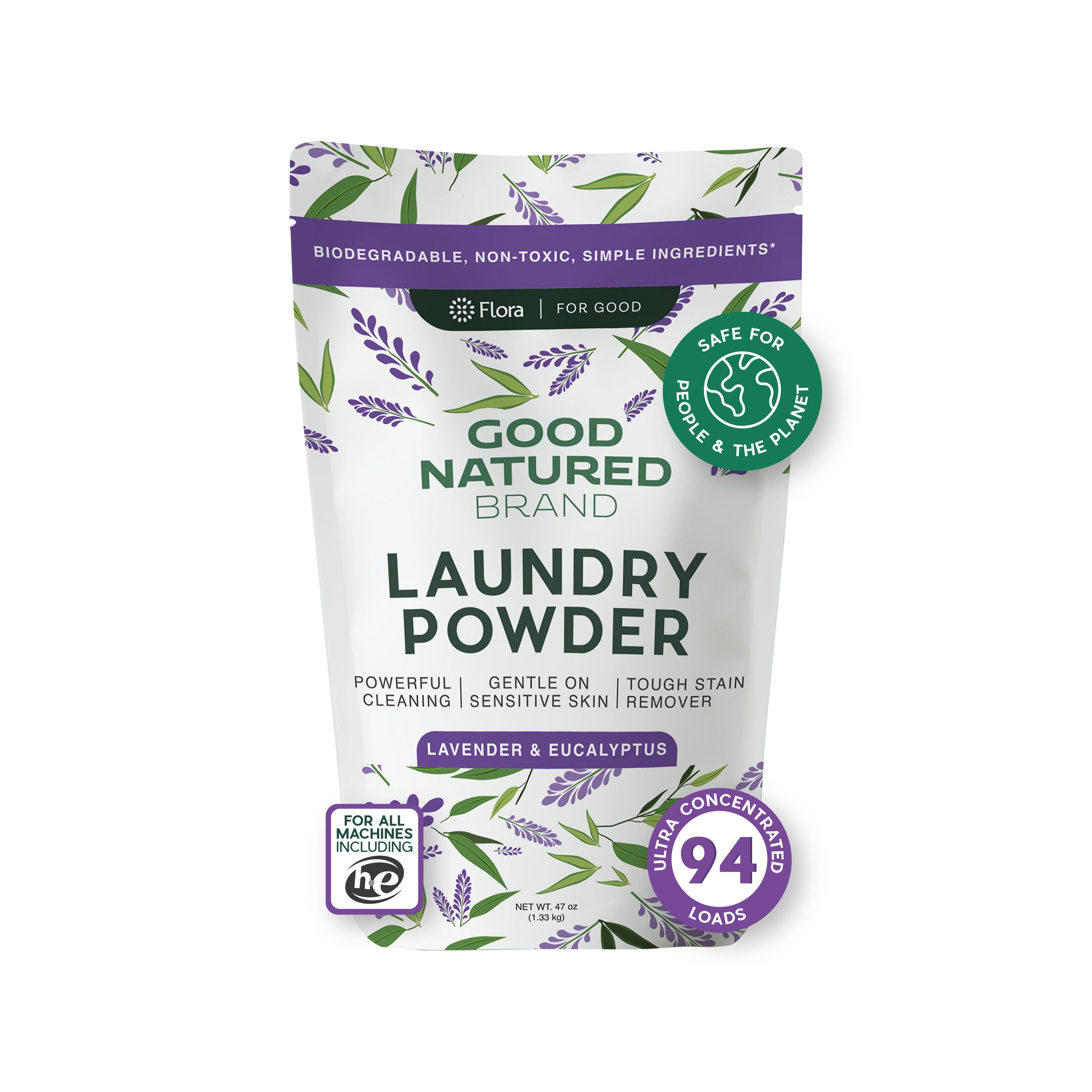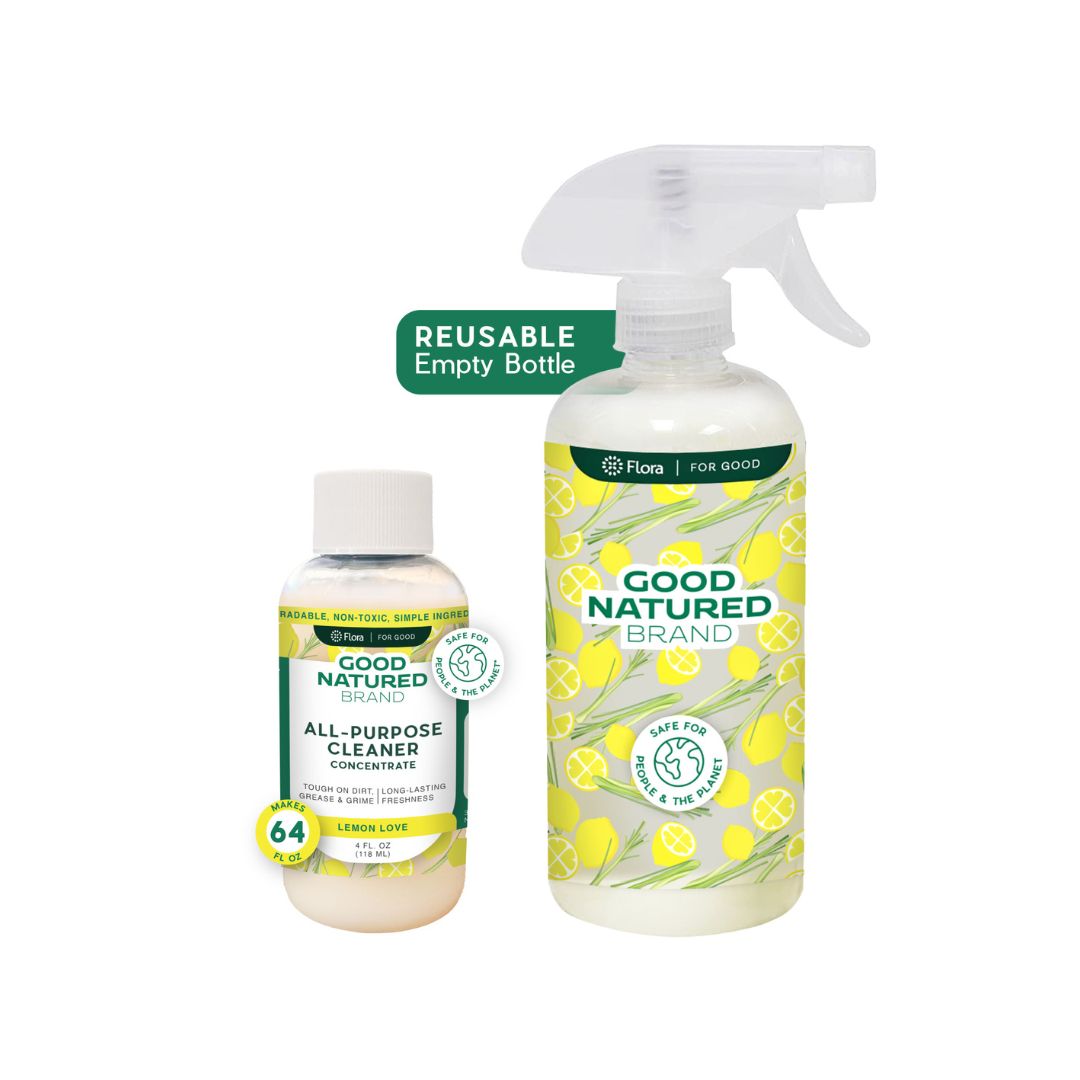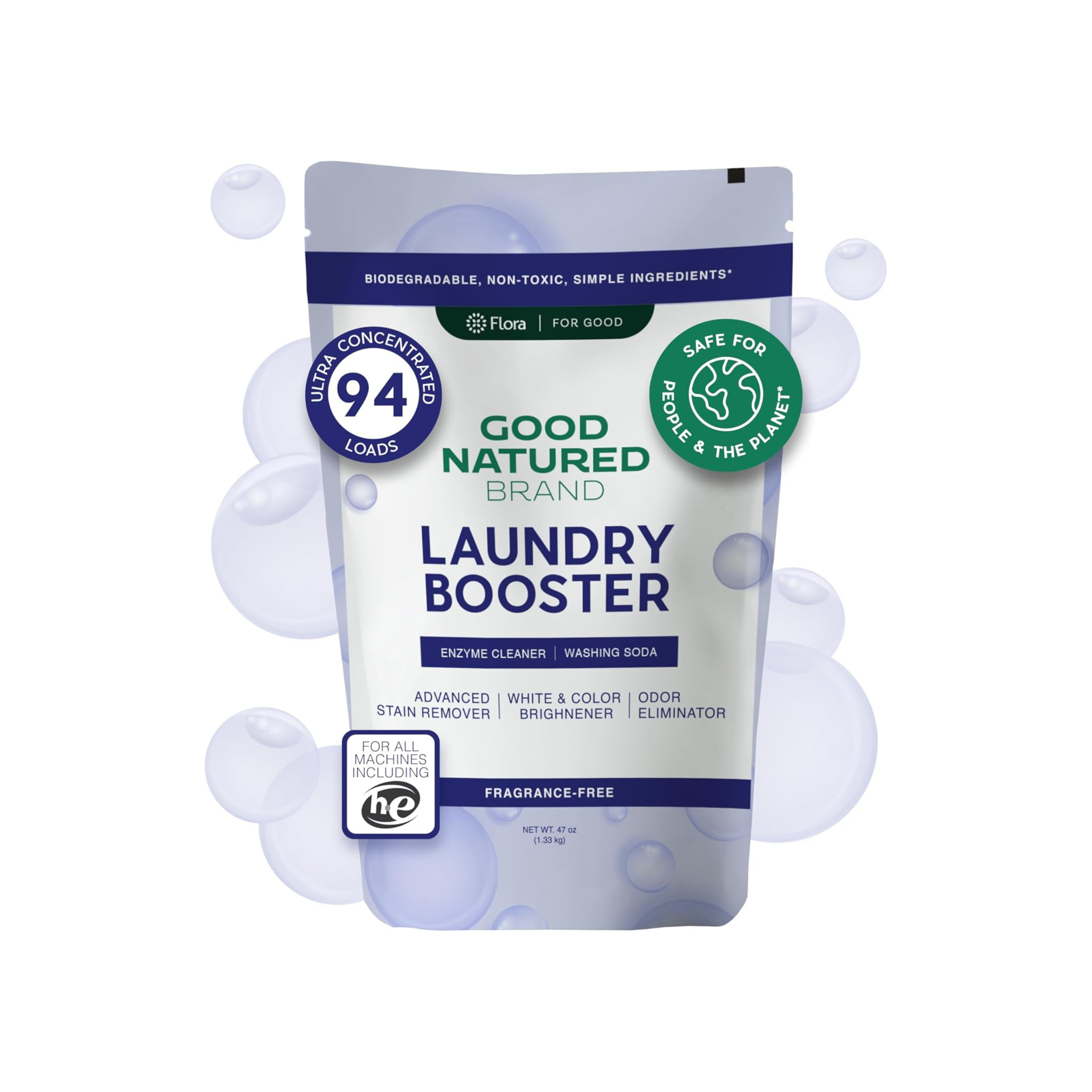As conscientious pet owners, we strive to provide the best for our furry companions while also being mindful of the environment. One area that has gained attention in recent years is the use of disposable puppy pads. While convenient, these pads contribute significantly to waste, leading many to seek eco-friendly alternatives. This guide explores sustainable options for puppy training, helping you make informed choices that benefit both your pet and the planet.
Understanding Disposable Puppy Pads
Disposable puppy pads, also known as training pads, are commonly used for housebreaking puppies or providing a designated spot for indoor relief. While they serve a practical purpose, the environmental impact of these products is substantial. Made from plastic and often treated with chemicals, disposable pads can take years to decompose in landfills.
Environmental Concerns of Disposable Puppy Pads
The convenience of disposable puppy pads comes at a cost. Each pad is typically used once and then discarded, contributing to the growing problem of plastic waste. As pet owners, it is important to consider the long-term effects of these products not only on our environment but also on our pets' health. Many disposable pads contain synthetic materials and fragrances that may be harmful to dogs.
The Need for Eco-Friendly Alternatives
Switching to eco-friendly alternatives offers numerous benefits, including reducing plastic waste and promoting healthier living environments. By choosing products that are biodegradable or reusable, you can significantly minimize your ecological footprint while still providing a comfortable solution for your puppy.
Benefits of Eco-Friendly Options
-
Reduced Waste: Eco-friendly alternatives can help decrease the amount of waste produced, contributing to a cleaner environment.
-
Healthier for Pets: Many biodegradable options are made from natural materials, reducing the risk of chemical exposure for your furry friend.
-
Cost-Effective in the Long Run: Although the initial investment in reusable products may be higher, they can save you money over time by eliminating the need for continuous purchases of disposable pads.
Eco-Friendly Alternatives to Disposable Puppy Pads
Transitioning to eco-friendly puppy pads doesn't have to be complicated. Here are some viable alternatives that can make the change seamless for both you and your pet.
Washable and Reusable Puppy Pads
One of the most popular alternatives to disposable puppy pads is washable and reusable pads. Made from absorbent materials, these pads can be washed and reused multiple times, drastically reducing waste.
-
Advantages: These pads are cost-effective over time and often come in various sizes and colors to fit your home decor. They are typically made from natural fibers, making them safer for pets.
-
Maintenance: To keep your reusable pads fresh, wash them regularly with a gentle detergent. You can enhance your cleaning routine with Laundry Powders that are effective yet eco-friendly, ensuring your pads are free from odors and stains.
Natural Grass Puppy Pads
Another eco-friendly option is natural grass puppy pads. These pads are made from real grass, providing a familiar surface for your puppy to relieve themselves.
-
Benefits: Grass pads are biodegradable and can be composted after use. They also offer a natural scent, which can help attract your puppy to the pad.
-
Considerations: Natural grass pads require some maintenance, such as regular watering, to keep them fresh and green.
DIY Puppy Pads
For those who enjoy crafting, creating DIY puppy pads is a fun and sustainable option. You can use materials like old towels, blankets, or fabric scraps.
-
Instructions: Simply cut the fabric to the desired size and layer the absorbent materials. This customizable approach allows you to create pads that suit your specific needs.
-
Cleaning: To keep your DIY pads clean, wash them frequently and consider using All Purpose Cleaners for any surfaces they may come into contact with.
Absorbent Natural Materials
Using natural absorbent materials, such as hemp or bamboo, can also serve as an eco-friendly alternative to disposable puppy pads. These materials are highly absorbent and biodegradable.
-
Usage: You can create a simple pad by layering these materials in a breathable fabric cover. This option is not only environmentally friendly but also offers excellent moisture control.
Maintaining a Clean and Fresh Environment
Transitioning to eco-friendly puppy pads is just the first step. Maintaining a clean and fresh environment is crucial for your pet's health and comfort.
Odor Control Solutions
Managing odors is essential, especially when training a puppy. Consider using Carpet Deodorizers that are safe for pets to keep your home smelling fresh. Regularly refreshing the areas around your puppy's designated potty spot will help keep your home inviting.
Regular Cleaning Routine
Establish a cleaning routine that includes washing your reusable pads and cleaning the surrounding areas. Utilizing non-toxic cleaning products is vital. Explore Room and Linen Sprays that can help eliminate odors while keeping the environment safe for your pets.
How to Transition Your Puppy to Eco-Friendly Options
Making the transition from disposable puppy pads to eco-friendly alternatives can be smooth and successful with the right approach. Here are some strategies to help your puppy adapt to new potty solutions.
Gradual Transition Strategies
When introducing new puppy pads, it’s essential to do so gradually. Here are some steps you can follow:
-
Familiarize Your Puppy: Begin by placing the new eco-friendly pads next to the disposable ones. This allows your puppy to investigate and get accustomed to the new product without feeling overwhelmed.
-
Encourage Exploration: Allow your puppy to sniff and interact with the new pads. Use positive reinforcement, such as treats and praise, when your puppy shows interest in the new pads.
-
Remove Disposable Pads: Once your puppy is comfortable with the eco-friendly pads, gradually remove the disposable ones. This can encourage your puppy to use the new pads exclusively.
Training Tips for Using Eco-Friendly Pads
Training your puppy to use eco-friendly pads follows similar principles to traditional training. Here are some effective tips:
-
Consistent Placement: Always place the pads in the same location to create a designated potty area. This consistency helps your puppy understand where to go.
-
Reward Good Behavior: When your puppy successfully uses the eco-friendly pads, reward them with treats and affection. This positive reinforcement encourages repeat behavior.
-
Monitor Progress: Keep an eye on your puppy’s habits. If they seem hesitant to use the new pads, return to the previous step of placing the old pads next to the new ones until they adjust.
Maintaining a Clean and Fresh Environment
To ensure a hygienic and pleasant atmosphere while using eco-friendly puppy pads, maintaining cleanliness is key. Here are some essential tips:
Cleaning and Care for Reusable Pads
Reusable puppy pads require regular maintenance to keep them fresh and odor-free. Here’s how to care for them effectively:
-
Washing Instructions: Follow the manufacturer’s guidelines for washing your reusable pads. Generally, it’s best to wash them in cold water with a gentle, eco-friendly detergent to avoid damaging the absorbent materials.
-
Drying: Air drying is often recommended to preserve the integrity of the fabric. If you choose to use a dryer, select a low heat setting to prevent shrinkage.
-
Odor Management: To keep your pads smelling fresh, consider using All Purpose Cleaners that are safe for pets during your cleaning routine. This will help eliminate any stubborn odors that may linger.
Odor Control Solutions
Managing odors is crucial, especially in areas where your puppy spends time. Here are some effective solutions:
-
Regularly Refresh Surfaces: Use Carpet Deodorizers to keep your carpets and floors smelling great. These products neutralize odors without harsh chemicals, ensuring a fresh environment for both you and your pet.
-
Ventilation: Keep the area well-ventilated by opening windows or using fans. Good airflow can help reduce odors and improve overall freshness.
-
Natural Remedies: Consider using natural odor absorbers like baking soda or vinegar in areas where your puppy frequents. These natural solutions can effectively neutralize unpleasant smells.
Real-Life Experiences with Eco-Friendly Puppy Pads
Hearing from other pet owners who have made the switch to eco-friendly puppy pads can provide valuable insights and encouragement. Here are some testimonials from pet owners who have successfully transitioned:
Testimonial from a Dog Owner
"I was initially hesitant to switch to reusable puppy pads because I thought they would be a hassle to clean. However, after trying them, I found it to be so much easier! My puppy took to them quickly, and I love that I'm reducing waste. I also use Room and Linen Sprays to keep the space smelling fresh, which makes a world of difference!" — Sarah, dog owner.
Testimonial from a Sustainable Pet Parent
"I've always been passionate about sustainability, so switching to natural grass puppy pads felt like the right choice. My puppy loves them, and I feel good knowing I'm making an eco-friendly decision. Plus, I've noticed a decrease in odor in my home since I started using Carpet Deodorizers regularly!" — Tom, eco-conscious pet parent.
Conclusion
Transitioning to eco-friendly alternatives to disposable puppy pads not only benefits the environment but also enhances your pet's health and well-being. By selecting reusable pads, natural grass options, or DIY solutions, you can create a safe and sustainable potty training experience for your puppy.
Maintaining a clean and fresh environment is vital for both you and your pet. With the right cleaning products like Laundry Powders and effective odor control solutions, you can ensure that your home remains a pleasant space.
As you embark on this eco-friendly journey, remember that every small change contributes to a healthier planet. For additional tips and eco-friendly products, visit the Good Natured Brand Blog to discover more ways to care for your furry friend sustainably.



















